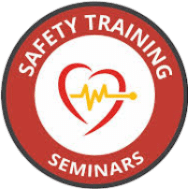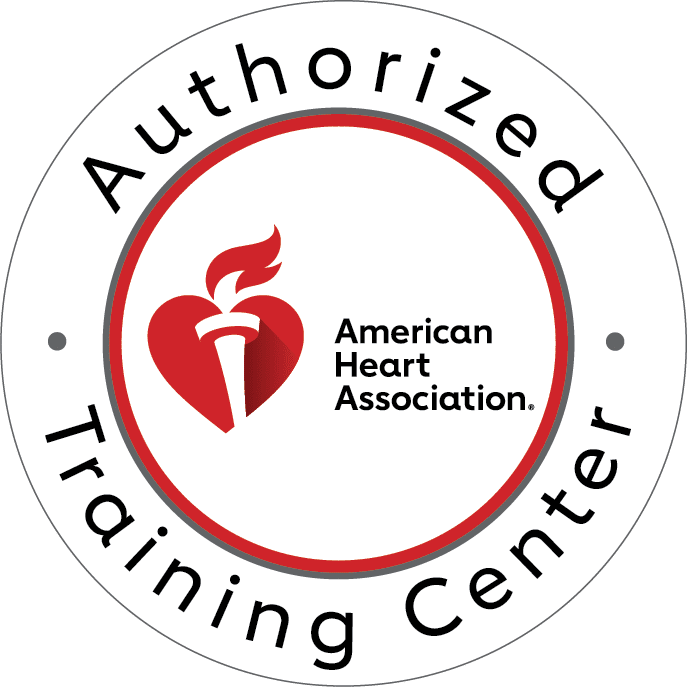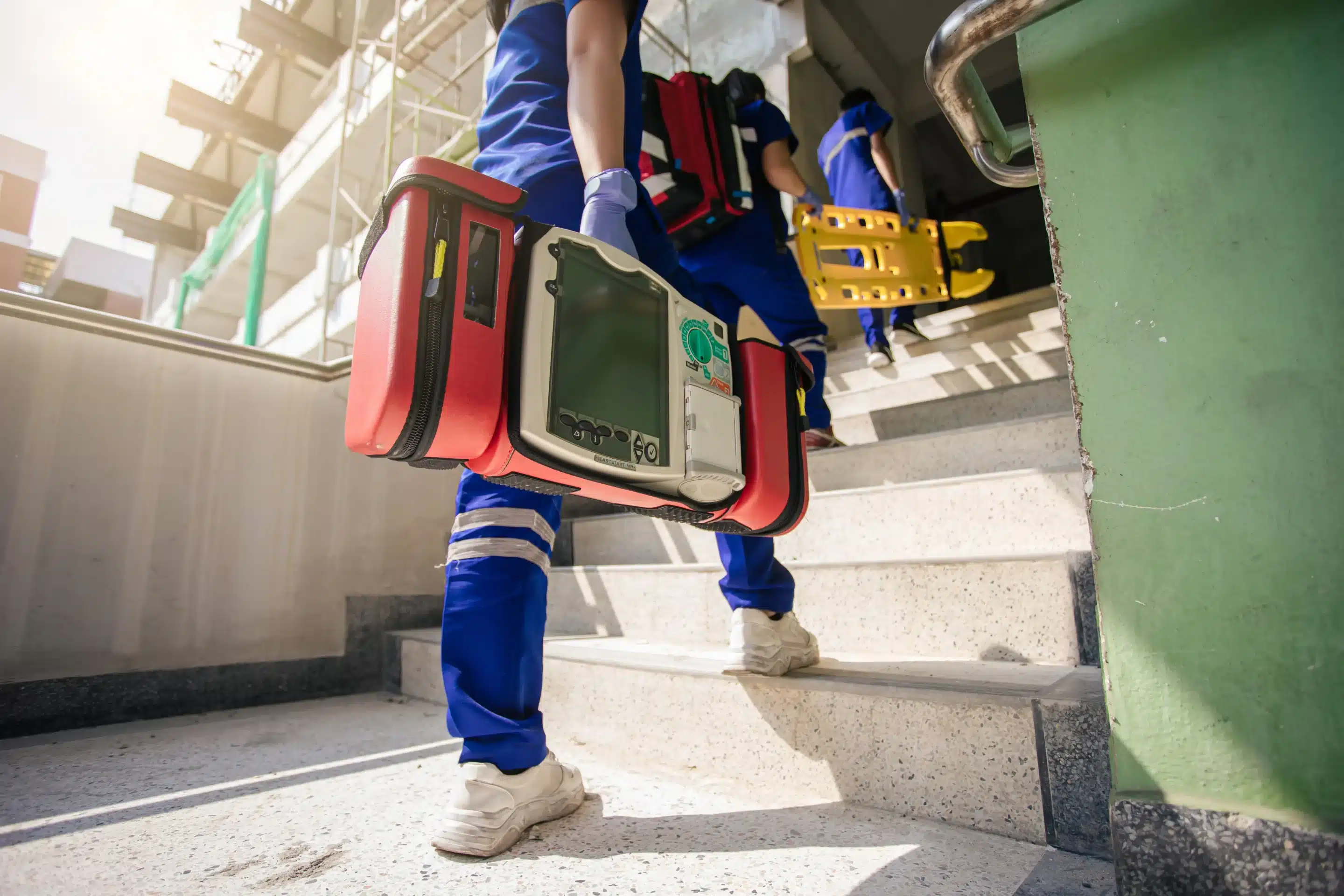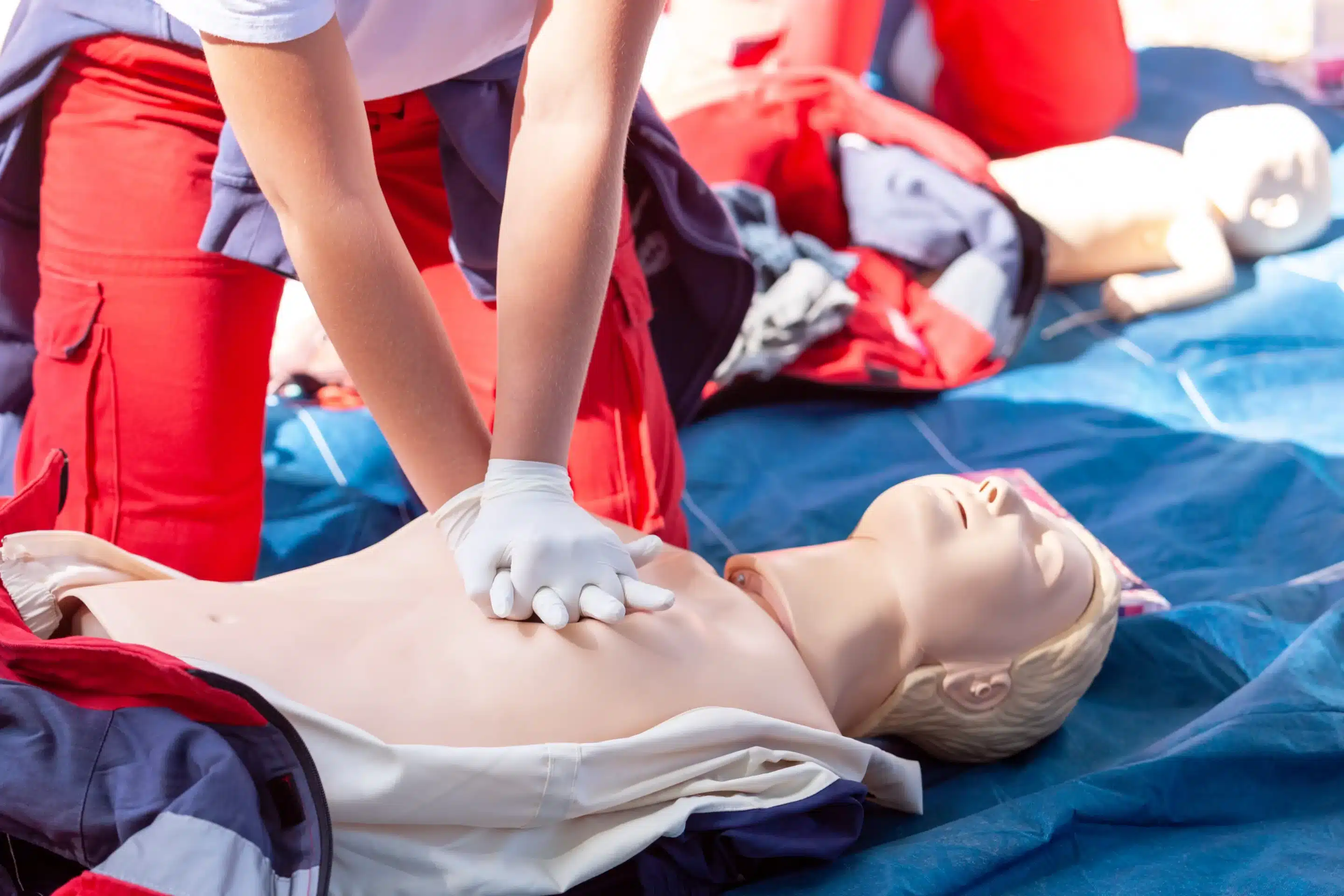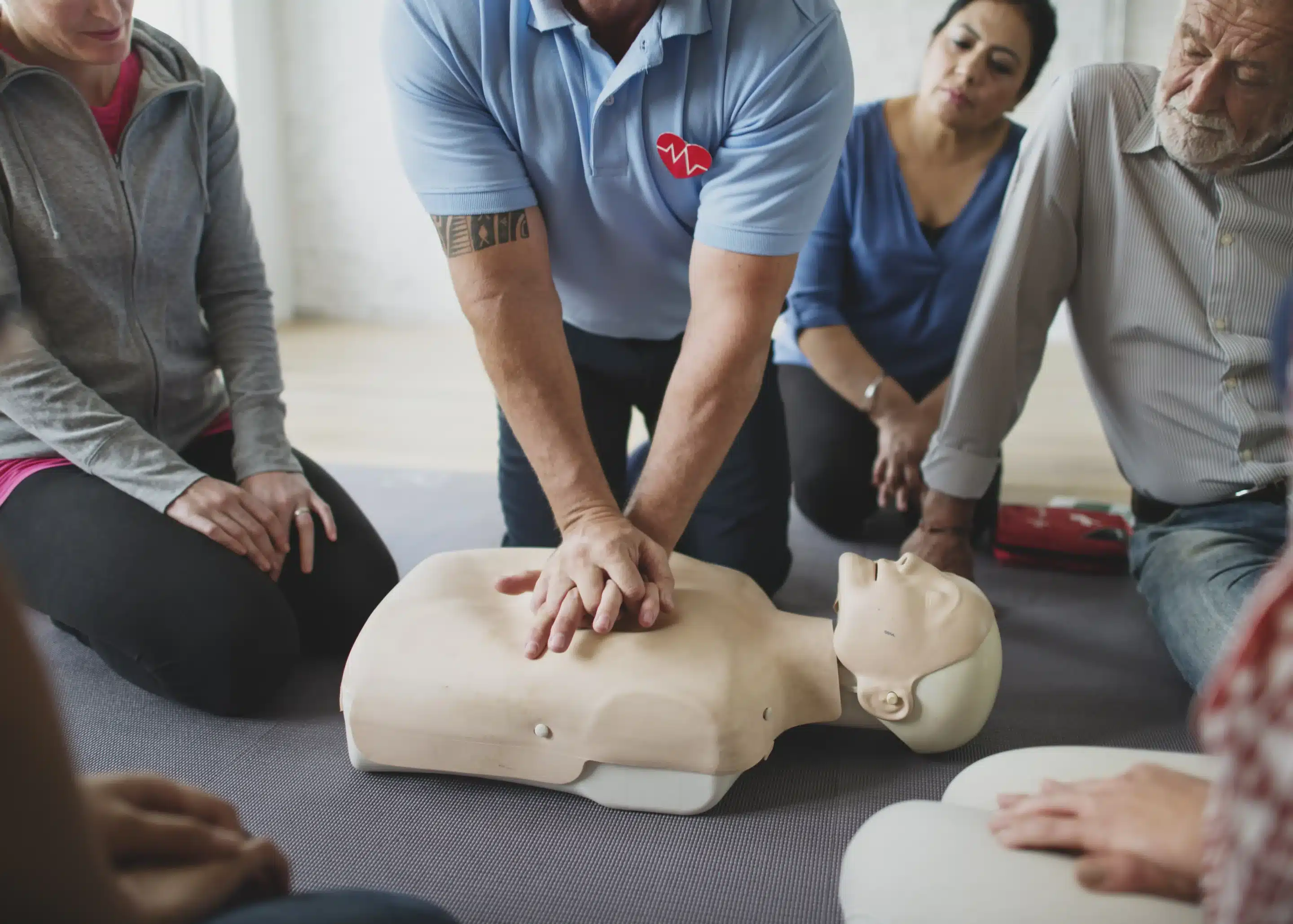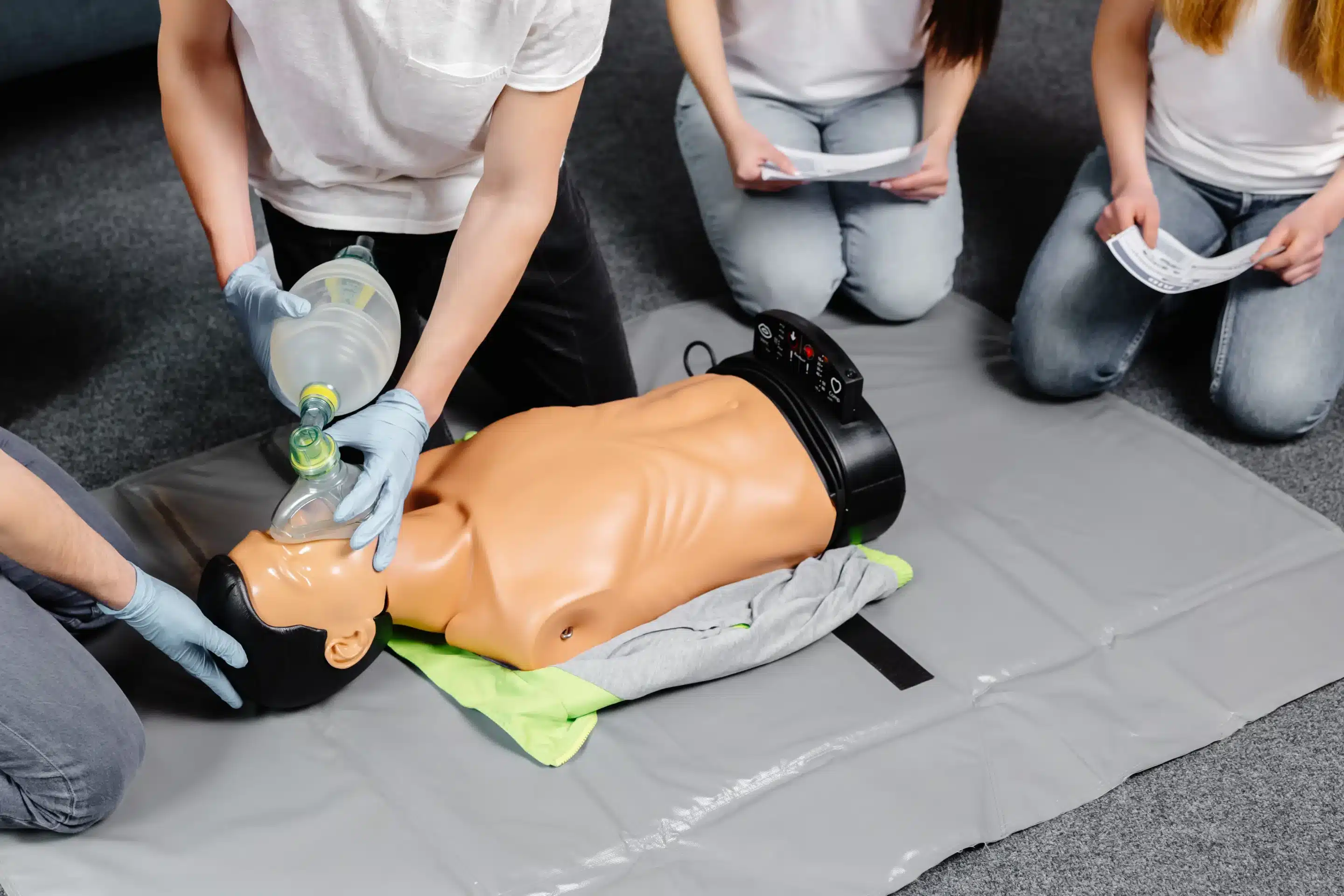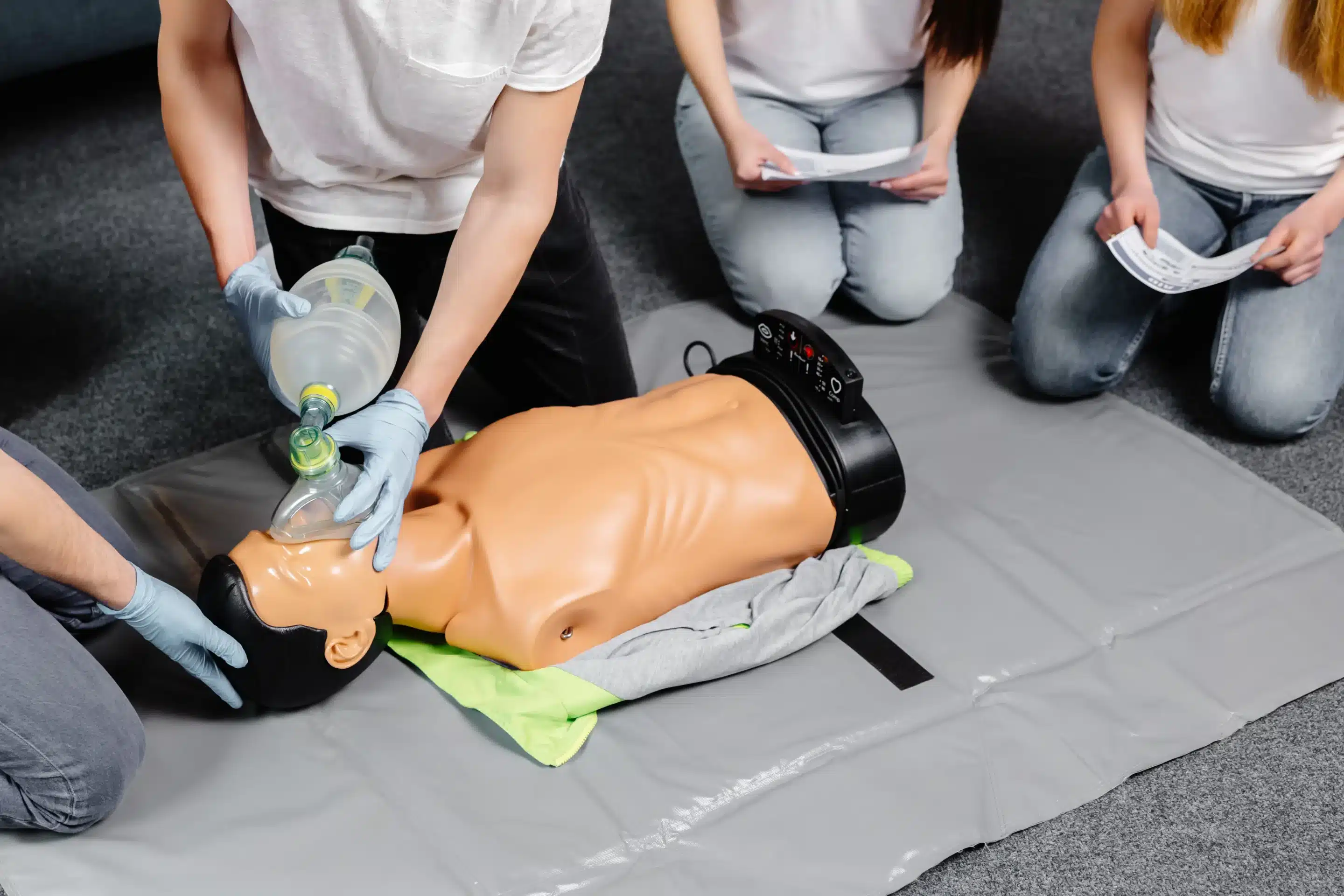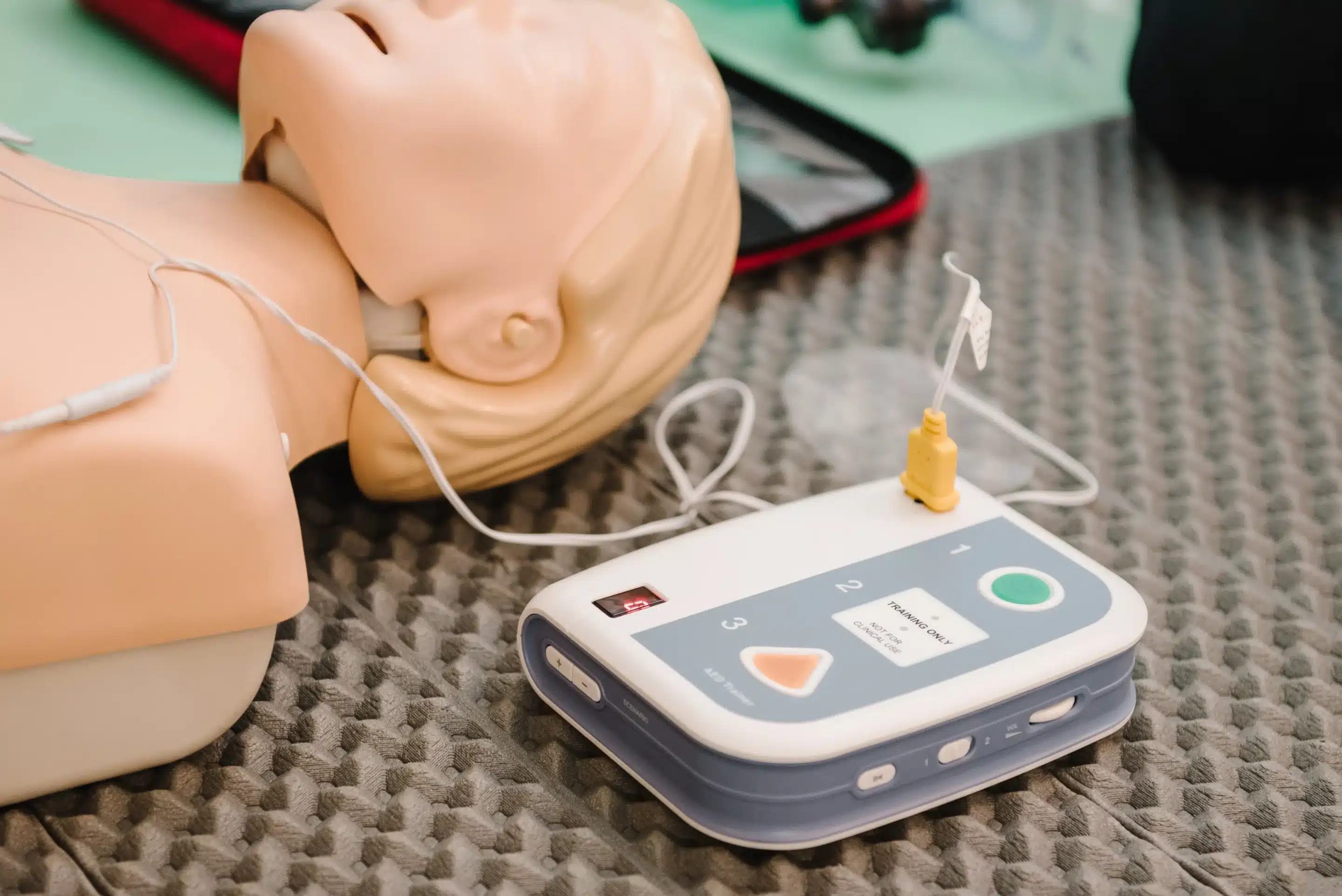Debunking Common CPR Myths
CPR, or cardiopulmonary resuscitation, saves lives, yet myths cloud its effectiveness. Misinformation can hinder lifesaving efforts, so it’s crucial to clear up the misconceptions surrounding this vital skill. This blog post aims to debunk common CPR myths, empowering you with accurate knowledge that could be essential in an emergency.
What is CPR?
CPR combines chest compressions and rescue breaths to maintain circulation and breathing until further medical help arrives. Performing CPR keeps oxygenated blood flowing to the brain and other vital organs, crucial in moments when the heart stops beating. Understanding what CPR entails helps dismantle many misconceptions around it.
Myth 1: CPR Always Revives the Victim
Contrary to popular belief, CPR’s primary goal is not to restart the heart but to preserve brain function by maintaining blood flow. CPR keeps oxygen circulating, buying time until professional medical personnel can treat the underlying issue. While it’s not a guarantee of revival, CPR increases survival chances significantly.
Myth 2: You Can Hurt Someone with CPR
Some fear that performing CPR could injure the unconscious person, especially by breaking ribs. While rib fractures can happen, they are rare and not a reason to withhold lifesaving measures. The potential harm of not performing CPR far outweighs the risk of injury. Proper technique minimizes risks, and even if injuries occur, CPR can save lives.
Myth 3: CPR is Only Necessary for Adults
Many people mistakenly believe that CPR is only for adults, but children can also suffer cardiac arrest and need resuscitation. In fact, children and infants often require CPR due to respiratory issues rather than cardiac ones. Learning child-specific techniques ensures readiness for every scenario, reinforcing CPR’s importance across age groups.
Myth 4: Mouth-to-Mouth Resuscitation is Always Essential
A common myth suggests rescue breaths are always necessary, but chest compressions alone can be effective, especially in adult cardiac arrests. This method, known as “hands-only” CPR, focuses on continuous compressions to maintain blood flow. The American Heart Association advocates hands-only CPR for untrained bystanders, simplifying the process during emergencies.
Myth 5: Trained Professionals Are the Only Ones Who Should Give CPR
CPR seems daunting, leading some to believe only trained professionals should perform it. However, bystander CPR significantly boosts survival odds, even if the rescuer lacks formal training. Quick action is vital, and imperfect CPR is better than no CPR at all. Basic CPR knowledge can transform anyone into a lifesaver.
Myth 6: CPR is Ineffective Without Medical Equipment
Some assume CPR requires medical equipment to be effective, but this is untrue. While defibrillators complement CPR, the technique itself doesn’t need extra tools to maintain circulation. In fact, CPR buys valuable time until advanced medical support arrives, emphasizing its role in immediate response.
Myth 7: Cardiac Arrest is the Same as a Heart Attack
Cardiac arrest and heart attacks are often confused but differ significantly. A heart attack occurs when blood flow to part of the heart is blocked, while cardiac arrest happens when the heart malfunctions and stops unexpectedly. CPR is vital in cardiac arrest cases, maintaining circulation until professional help intervenes.
Myth 8: CPR Certification is Hard to Obtain
Many think CPR certification requires extensive training, but courses are accessible and straightforward. Organizations like the American Red Cross offer classes designed for all ages and skill levels. Obtaining certification boosts confidence and ensures preparedness for emergencies.
Myth 9: You Can’t Perform CPR on a Stranger
Legal concerns deter some from helping strangers, but Good Samaritan laws protect those providing emergency care in good faith. These laws encourage bystanders to act without fear of legal repercussions, promoting community support and lifesaving actions during critical moments.
Myth 10: CPR Training is a One-Time Requirement
Some assume CPR training is a one-off event, but regular updates are crucial. Guidelines evolve, and refreshing skills ensures proficiency when needed. Staying informed about CPR advancements maximizes the potential for successful outcomes in emergencies.
Conclusion
Debunking common CPR myths enhances understanding and encourages action. Accurate knowledge empowers individuals to act decisively, increasing survival rates in cardiac emergencies. Consider taking a CPR course to reinforce skills and confidence. Preparedness transforms everyday citizens into lifesavers, making your community a safer place.
